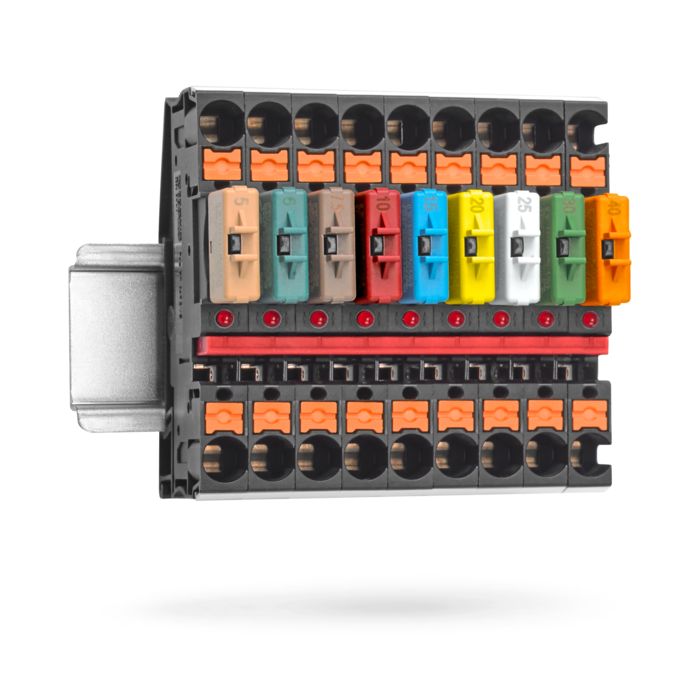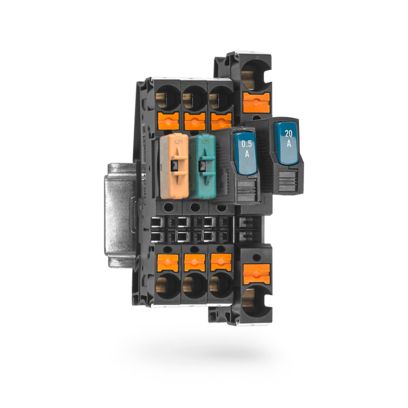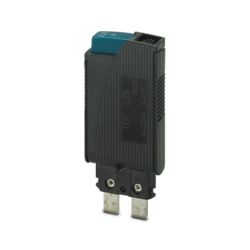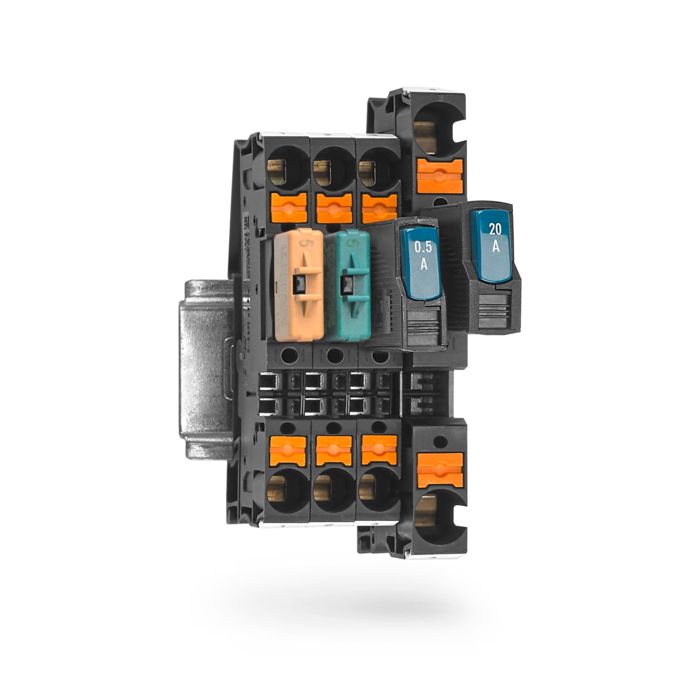
- Resettable, thus enabling fast restart after a fault as replacement parts are not needed
- Easy retrofitting of existing systems with automotive fuses due to the identical pin connector pattern
- Optimum overload protection for connected loads due to the choice of different characteristic curves



















